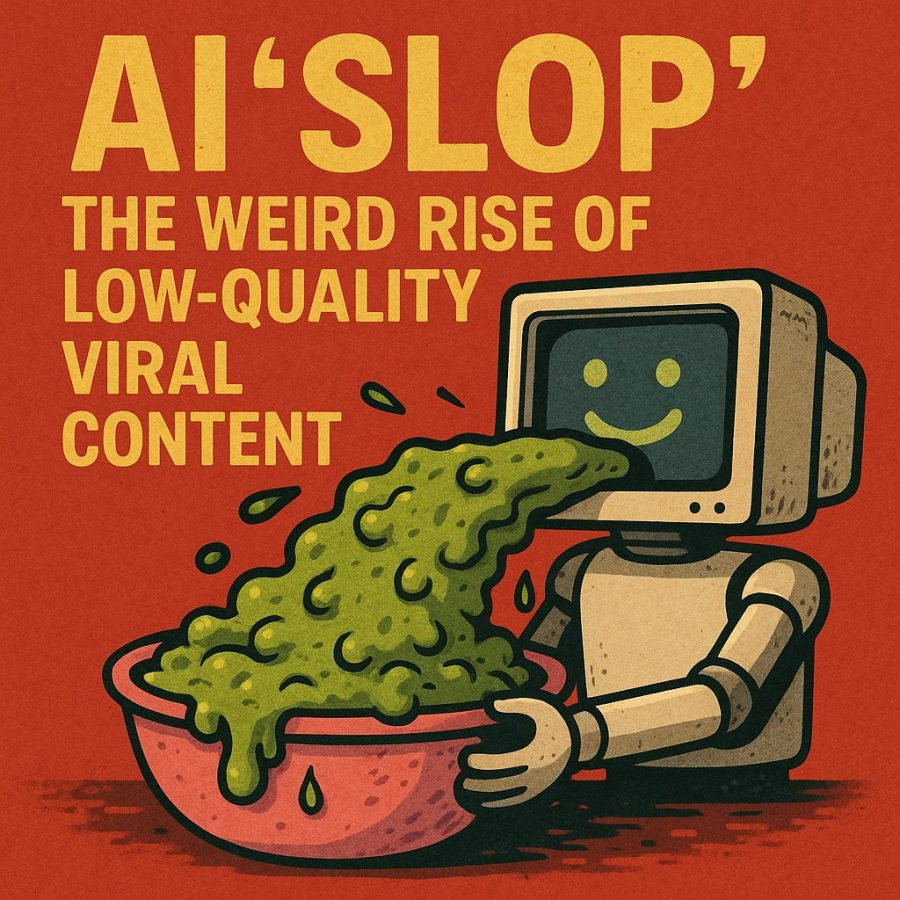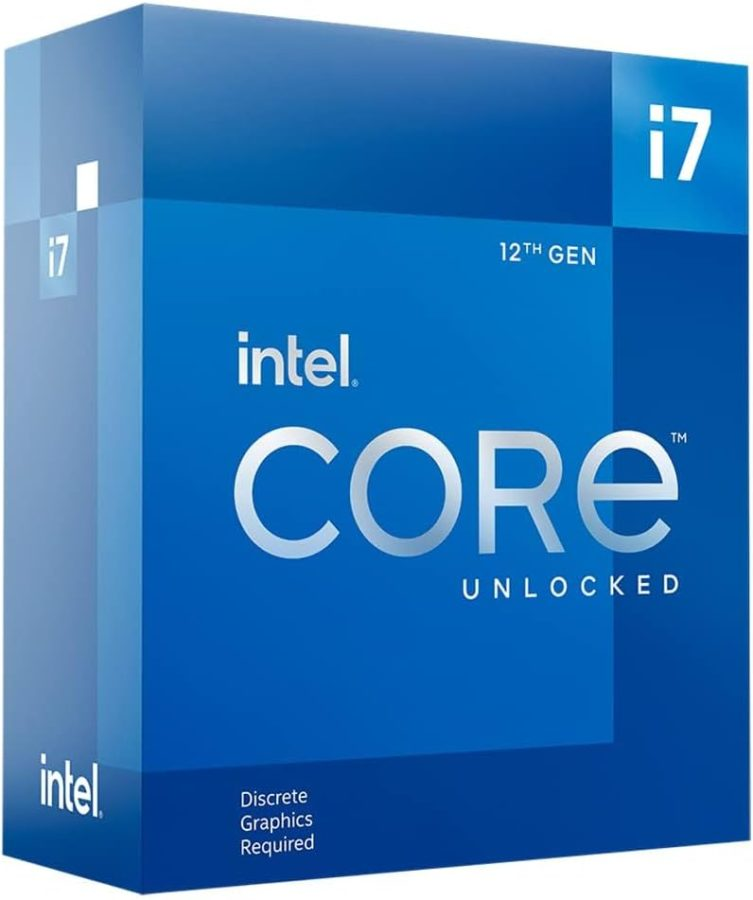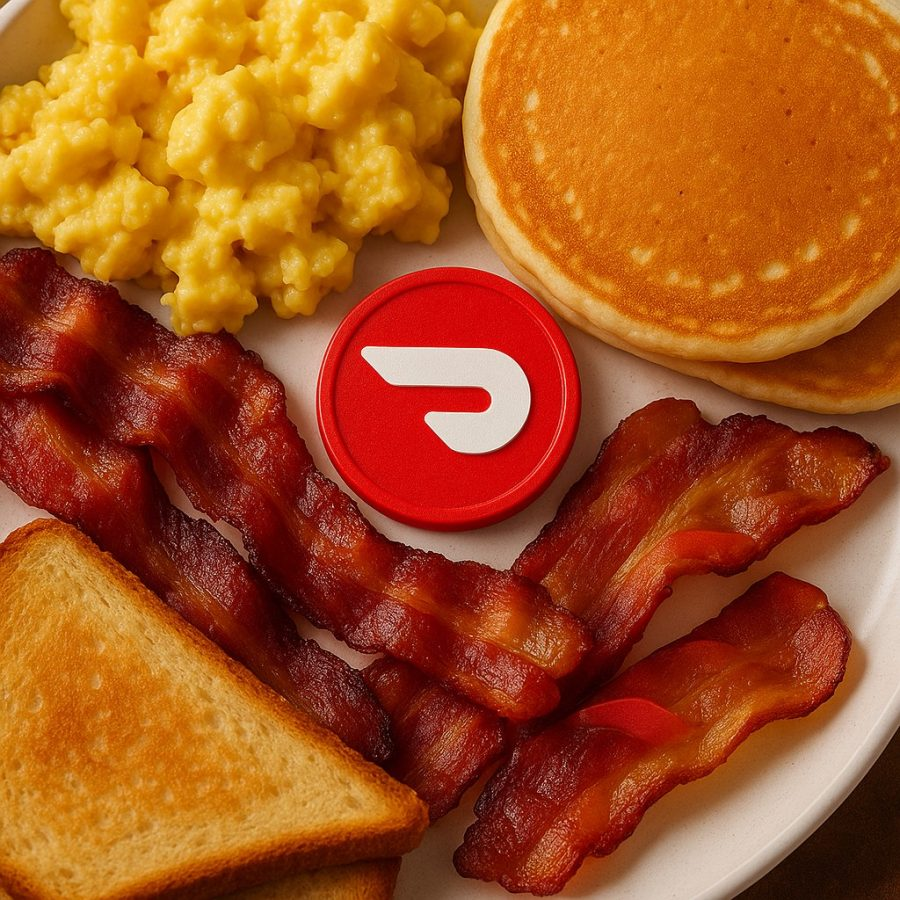Views: 0

A growing wave of bizarre, cheaply produced AI-generated videos dubbed “AI slop”, is dominating YouTube and social platforms. These nonsensical, often surreal clips are gaming algorithms and garnering massive views, raising urgent questions about platform quality and regulation.
Welcome to the Buffet of AI Slop
If you have scrolled TikTok lately and felt like half the videos were stitched together from a fever dream, you are not alone. AI Slop: The Weird Rise of Low-Quality Viral Content is here, and it is multiplying faster than rabbits in a lettuce patch.
This digital delicacy looks like content, smells like content, and even gets clicks like content, but something feels…off. The sentences are oddly stiff, the images look like Salvador Dalí drew them with a broken mouse, and the “viral hooks” are recycled more often than your neighbor’s empty soda cans.
We are living in an era where AI can churn out memes, threads, videos, and articles at a speed that would make old-school content mills blush. The problem is that quantity does not equal quality. Enter AI slop, the microwaved leftovers of generative technology that somehow still go viral.
What Is AI Slop, Exactly?
The term AI slop is a playful yet painfully accurate way of describing low-effort, AI-generated content that clutters feeds. Unlike thoughtful AI-assisted writing or design, slop is born from templates, spam farms, or people chasing clicks without caring about craft.
This can look like:
- TikTok narrations with robotic voices over stolen clips.
- Stock-looking “AI art” where everyone has six fingers.
- Blog posts stitched from random prompts without editing.
- Threads that start with “You won’t believe…” and end with you wishing you had believed nothing.
While AI can be brilliant when guided with intention, slop thrives on volume. Its secret sauce is not creativity but repetition. The more content is pushed out, the higher the odds something sticks, no matter how awkward or bland.
If you want to see how AI can be used well instead of slop, try ChatGPT Agent Creation: A Practical Field Guide for Builders Who Want Results, Not Hype Pt.1. It shows how automation creates efficiency without sacrificing quality.
Why Does AI Slop Go Viral?
It feels unfair that the clever post you worked on for hours got ten likes, while an AI video with crooked cats and text-to-speech narration racked up a million views. Yet this is the reality of slop: it thrives because algorithms reward consistency, engagement, and shock value.
Speed Beats Substance
Platforms like TikTok and Instagram Reels do not care how much effort went into content. They care if users pause to watch, share, or comment. AI slop has the advantage of being produced endlessly at lightning speed.
Curiosity Clicks
People love a trainwreck. Odd, low-quality AI creations often go viral because they are just weird enough to make people share them ironically.
Quantity Over Quality
While one polished creator spends hours perfecting a video, slop accounts can release twenty. Even if 19 flop, one will break out.
This cycle rewards low-quality viral content in ways that frustrate traditional creators. It is like watching someone win a pie-eating contest with instant pudding while you carefully baked a soufflé.
The Psychology of Consuming Slop
Humans have a strange fascination with weird, slightly broken things. We laugh at typos, marvel at bad Photoshop, and share cursed images. AI slop fits into this psychological sweet spot.
- Novelty: Each piece feels new, even if it is recycled.
- Humor: Unintended absurdity is funny. Watching AI misinterpret a dog as a bread loaf never gets old.
- Community: Sharing low-quality viral content bonds people through irony.
This explains why “bad” can actually be good for engagement. It is digital junk food: not nourishing, but addictive.
Breakfast, have it delivered with DoorDash!
Click the image below to use our referral code and save money with DoorDash.
Valid for NEW members only.
Examples of AI Slop in the Wild
- Meme Pages Gone Wild – Entire accounts dedicated to posting AI images of “cats at the gym” or “Shrek as a 17th-century monarch.” Millions of shares, few meaningful conversations.
- AI-Generated YouTube Narratives – Monotone voices reading Reddit posts over Minecraft parkour footage. Somehow millions of views.
- Article Mills – Websites cranking out “Top 10 Tips” pieces that look polished but repeat the same shallow advice with zero originality.
- AI Music Mashups – Remixes of celebrity voices singing random songs, often hilarious, often cursed.
If this sounds familiar, it is because slop is now part of daily digital life. And while it can be funny, it raises questions about the future of media.
For a smarter way to generate content that still feels human, see VEED – The AI-Video Generating BOSS of 2025. That is AI without the slop.
The Economics of AI Slop
Behind every slop account is usually someone chasing revenue. Platforms pay creators based on engagement. More posts equal more chances to earn, even if half the content looks like it was made by a sleep-deprived robot.
Slop is cheap to produce:
- Free AI tools for art and text.
- Minimal editing.
- No research or creative effort.
This low cost and high output create a flood of viral content that drowns out carefully made work. It is like trying to sell artisans bread at a fair where someone is handing out free Wonder Bread at every corner.
The Problem with Slop Saturation
While slop can be funny or even useful in small doses, the saturation is overwhelming. Feeds become cluttered with repetitive, low-value posts. Attention spans shrink. Audiences get desensitized.
For creators, the challenge is standing out in the noise. How do you craft meaningful content when the competition is an army of AI bots spamming mediocrity?
One solution is leaning into authenticity. Audiences still crave real voices and unique perspectives. That is why guides like Getting Started With ChatGPT Agents: Automate Your Daily Tasks in 5 Minutes succeed. They combine AI efficiency with expert insight instead of slop.
Can AI Slop Be Useful?
Surprisingly, yes. Low-quality viral content can serve as cultural commentary, humor, or even inspiration. Watching AI attempt to draw hands can spark appreciation for real artists. Badly written AI articles highlight the value of editing.
In small doses, slop is entertaining. In larger volumes, it is exhausting. The key is balance.

Intel® Core™ i7-12700KF Desktop Processor 12 (8P+4E) Cores up to 5.0 GHz Unlocked LGA1700 600 Series Chipset 125W
Strategies for Surviving the Slop Era
- Create “Slop-Proof” Content – Focus on unique expertise that AI cannot replicate easily.
- Use AI as a Tool, Not a Replacement – AI drafts, humans polish. The opposite is a recipe for slop.
- Lean Into Humor – Acknowledge the absurdity. Satirizing slop can be more effective than ignoring it.
- Educate Your Audience – Help them understand the difference between quality and quantity.
If you want a deeper dive into how prompts can elevate your work beyond slop, read ChatGPT Agent Creation: How to Scale Without Breaking Things. It shows how structured AI prompts can add value, not clutter.
The Future of AI Slop
Will the flood of low-quality viral content continue? Almost certainly. Platforms thrive on volume. But audiences may grow weary. Already, “anti-slop” movements are forming, where users seek curated, high-quality feeds.
Generative engines may also evolve to filter slop automatically, prioritizing well-structured content. In this scenario, creators who blend human insight with AI efficiency will shine.
Humor Break: Slop Hall of Fame
- AI-Generated Recipes – “Spaghetti with batteries” went briefly viral, reminding us that AI still struggles with edible food.
- Six-Fingered Selfies – Nothing screams uncanny valley like extra knuckles.
- AI-Generated News Blunders – Stories about “local dogs elected mayor” that fooled more people than they should have.
Slop might be weird, but it is undeniably entertaining.
How to Eat Slop Without Getting Sick
AI Slop: The Weird Rise of Low-Quality Viral Content is both a warning and a comedy. On one hand, it clogs feeds and undervalues creative effort. On the other, it entertains millions and sparks cultural moments.
The key takeaway? Slop is not going away. But creators and audiences can decide how much space it takes up. By choosing thoughtful, authentic work—and by using AI responsibly—we can enjoy the occasional weird post without drowning in junk.
Because in the end, viral slop may fill the feed, but only real creativity fills the soul.


